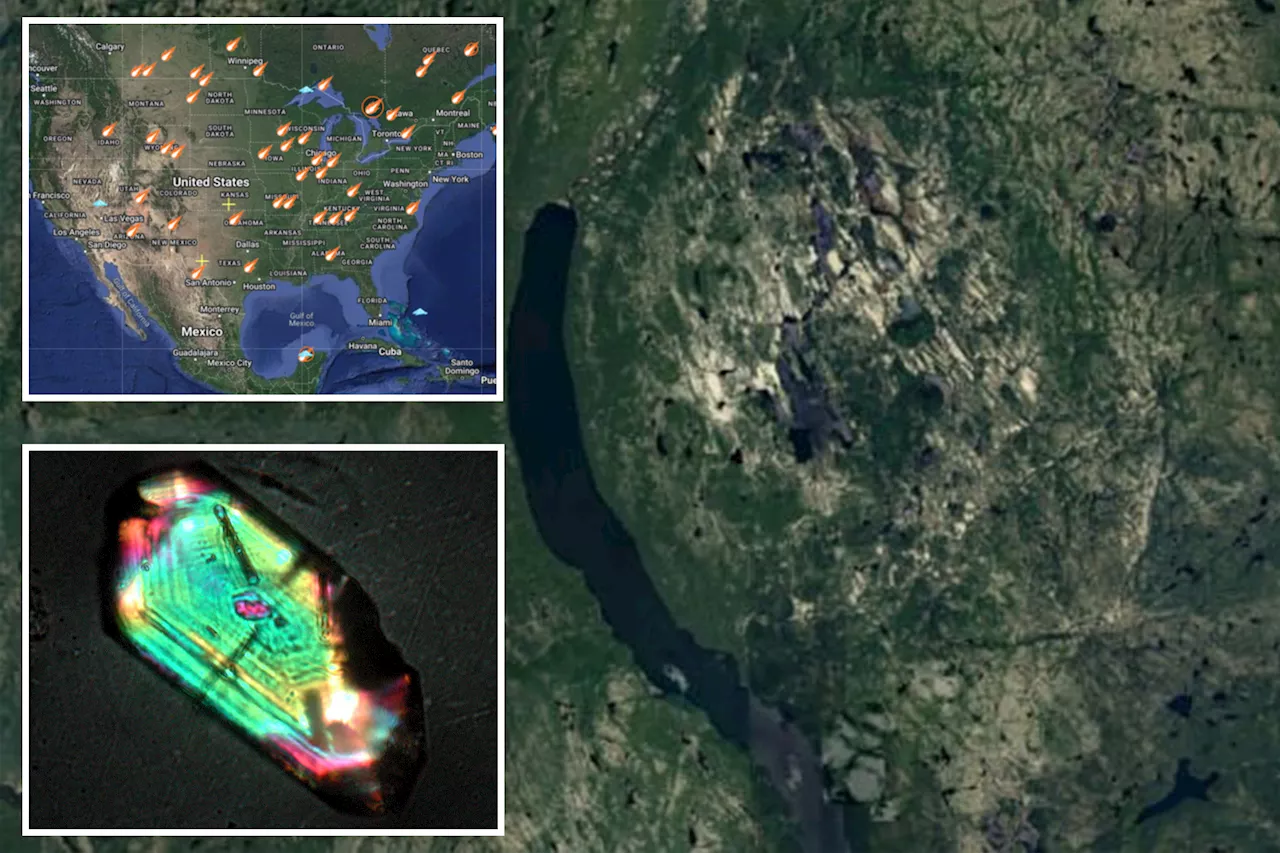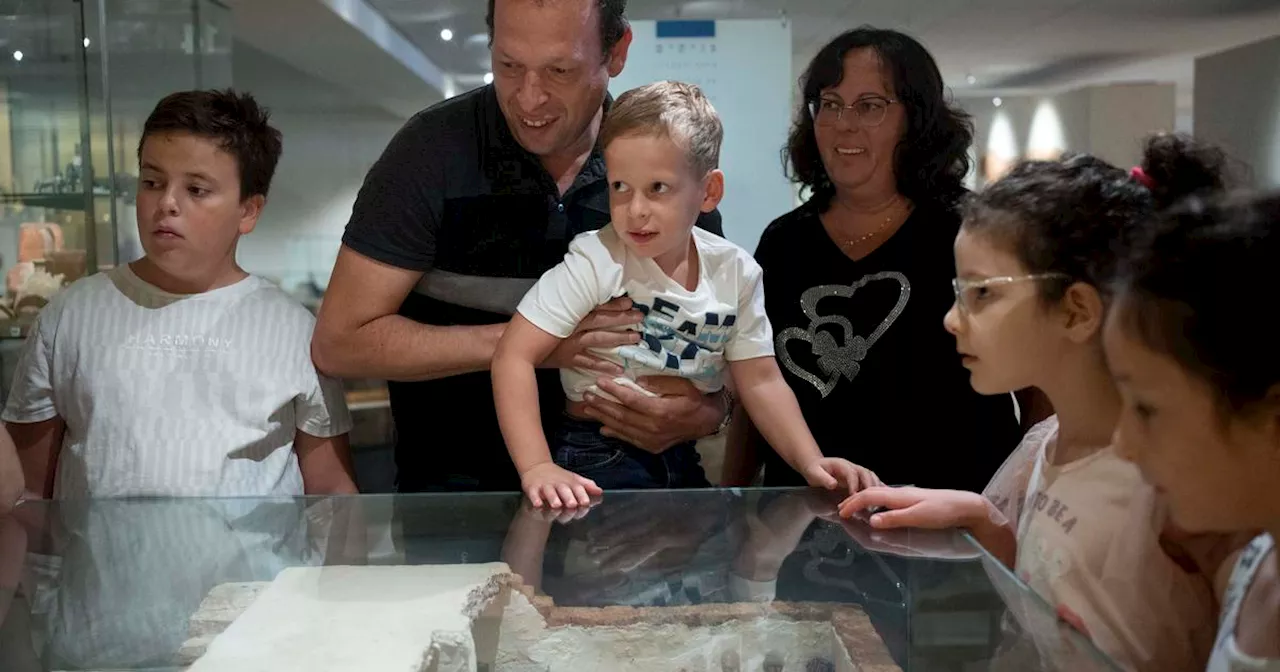Richard Pallardy is a freelance science writer based in Chicago. He has written for such publications as National Geographic, Science Magazine, New Scientist, and Discover Magazine.
A really old and remarkably well-preserved log buried almost 4,000 years ago provides key evidence to support a simple and effective way of locking away carbon to reduce greenhouse gas emissions — burying dead trees in giant graveyards — scientists say.
The log,"is a single data point," Zeng told Live Science."But it tells you: if you bury wood under these conditions, it's going to work. So it's a very critical data point. It's really immediately implementable." By submitting your information you agree to the Terms & Conditions and Privacy Policy and are aged 16 or over.The clay sediment preserved the wood by suppressing the growth of any microorganisms that might have facilitated its decay — little oxygen is able to penetrate the dense, water-saturated clay particles.
According to the paper, the log contains around 5% less carbon than a modern log harvested from the same species of tree, though the differing environments in which modern and ancient trees grew may affect that amount.—Even trees 'hold their breath' to avoid harmful wildfire smoke, research finds
United States Latest News, United States Headlines
Similar News:You can also read news stories similar to this one that we have collected from other news sources.
 80 million-year-old sea monster jaws filled with giant globular teeth for crushing prey discovered in TexasRichard Pallardy is a freelance science writer based in Chicago. He has written for such publications as National Geographic, Science Magazine, New Scientist, and Discover Magazine.
80 million-year-old sea monster jaws filled with giant globular teeth for crushing prey discovered in TexasRichard Pallardy is a freelance science writer based in Chicago. He has written for such publications as National Geographic, Science Magazine, New Scientist, and Discover Magazine.
Read more »
 NASA Activates Ancient Thrusters on Voyager 1, the Most Distant Human Object in ExistenceScience and Technology News and Videos
NASA Activates Ancient Thrusters on Voyager 1, the Most Distant Human Object in ExistenceScience and Technology News and Videos
Read more »
 Ancient DNA from Rapa Nui (Easter Island) refutes best-selling population collapse theoryRapa Nui (Easter Island) with its gigantic statues and treeless landscape has fascinated researchers for centuries. A new genetic study disproves the popular theory that the Rapanui population collapsed as a result of an 'ecocide' and shows that the Rapanui admixed with Indigenous Americans centuries before Europeans arrived on the island.
Ancient DNA from Rapa Nui (Easter Island) refutes best-selling population collapse theoryRapa Nui (Easter Island) with its gigantic statues and treeless landscape has fascinated researchers for centuries. A new genetic study disproves the popular theory that the Rapanui population collapsed as a result of an 'ecocide' and shows that the Rapanui admixed with Indigenous Americans centuries before Europeans arrived on the island.
Read more »
 Man may have discovered 'super exciting' ancient meteor crater — just by looking at Google MapsHe’s a natural-born search engine. A Canadian man researching an upcoming camping trip via Google Maps has uncovered what experts believe to be a gigantic crater — left by an ancient space ro…
Man may have discovered 'super exciting' ancient meteor crater — just by looking at Google MapsHe’s a natural-born search engine. A Canadian man researching an upcoming camping trip via Google Maps has uncovered what experts believe to be a gigantic crater — left by an ancient space ro…
Read more »
 Ancient jar smashed by 'curious' 4-year-old is back on display at museum after repairsAn Israeli museum has put a rare Bronze-Era jar that a 4-year-old accidentally smashed back on display.
Ancient jar smashed by 'curious' 4-year-old is back on display at museum after repairsAn Israeli museum has put a rare Bronze-Era jar that a 4-year-old accidentally smashed back on display.
Read more »
 Archaeologists stumble upon priceless gold coins from ancient empire in unusual locationToday's Video Headlines: 9/9/24
Archaeologists stumble upon priceless gold coins from ancient empire in unusual locationToday's Video Headlines: 9/9/24
Read more »
